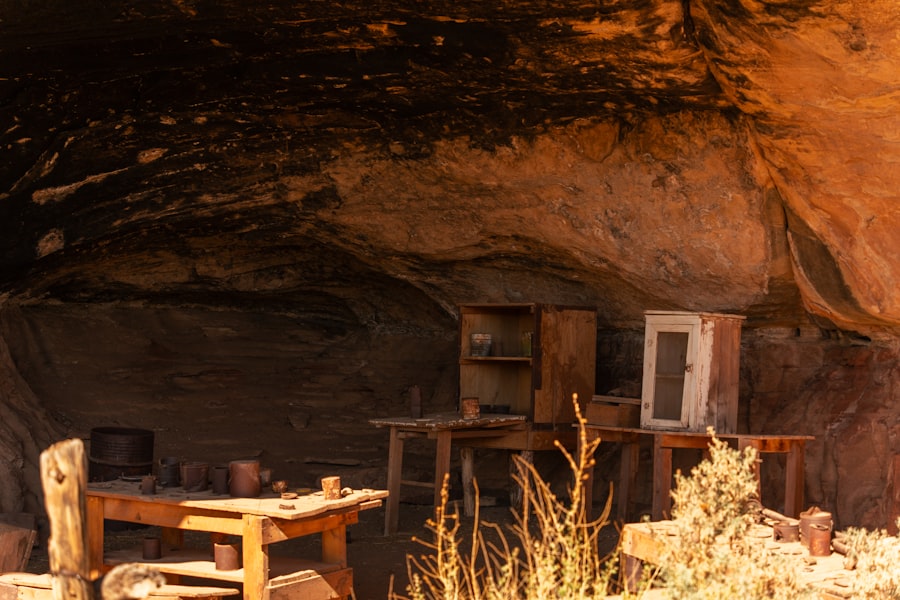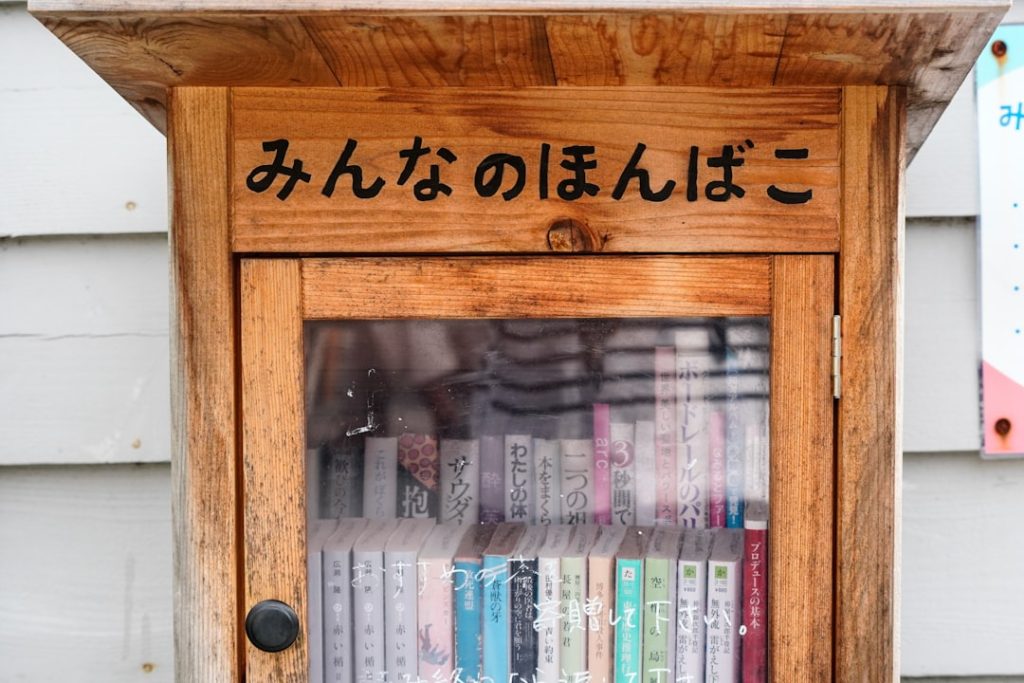Custom cabinets represent more than just storage solutions; they embody a blend of functionality, aesthetics, and personalization that can significantly enhance the overall appeal of a space. Unlike stock cabinets, which are mass-produced and often lack unique features, custom cabinets are tailored to meet the specific needs and preferences of the homeowner. This level of customization allows for a perfect fit in terms of dimensions, style, and finish, ensuring that every inch of space is utilized effectively.
For instance, in a small kitchen, custom cabinets can be designed to maximize vertical space, incorporating features like pull-out shelves or hidden compartments that stock cabinets simply cannot offer. Moreover, the value of custom cabinets extends beyond their immediate utility. They can elevate the design of a room, contributing to a cohesive aesthetic that reflects the homeowner’s personal style.
Whether it’s a sleek modern kitchen or a rustic farmhouse aesthetic, custom cabinets can be crafted to harmonize with other design elements in the home. This attention to detail not only enhances the visual appeal but can also increase the property’s market value. Potential buyers often appreciate the quality and uniqueness of custom cabinetry, making it a worthwhile investment for homeowners looking to sell in the future.
Key Takeaways
- Custom cabinets offer unique value through tailored design and enhanced functionality.
- Costs vary based on materials, craftsmanship, size, and customization level.
- High-quality materials significantly impact durability and overall cabinet value.
- Custom cabinets generally cost more than stock options but provide better fit and personalization.
- Proper budgeting and planning help balance cost with quality for long-term satisfaction.
Factors that Affect the Cost of Custom Cabinets
The cost of custom cabinets can vary widely based on several factors, each contributing to the final price tag. One of the primary determinants is the choice of materials. High-quality woods such as cherry, oak, or maple will naturally cost more than lower-grade materials like particleboard or MDF.
Additionally, the finish applied to these materials—whether it’s paint, stain, or a natural finish—can also influence costs. Custom finishes that require more labor or specialized techniques will add to the overall expense. Labor costs are another significant factor in determining the price of custom cabinets.
The complexity of the design and the level of craftsmanship required can greatly affect labor expenses. For example, intricate designs with detailed carvings or custom hardware will necessitate skilled artisans who command higher wages. Furthermore, installation costs should not be overlooked; professional installation ensures that cabinets are fitted correctly and function as intended, which may involve additional charges depending on the complexity of the project.
The Importance of Quality Materials in Custom Cabinets

When it comes to custom cabinets, the materials used play a crucial role in determining both durability and appearance. High-quality materials not only enhance the visual appeal but also ensure longevity and resistance to wear and tear. Solid wood is often favored for its strength and timeless beauty; it can withstand daily use without showing signs of damage.
In contrast, lower-quality materials may warp or chip over time, leading to costly repairs or replacements. In addition to wood types, the hardware used in custom cabinets is equally important. Hinges, drawer slides, and handles made from durable metals can significantly improve functionality and ease of use.
Investing in high-quality hardware can prevent issues such as misaligned doors or drawers that stick, which are common problems with cheaper alternatives. Ultimately, choosing quality materials is an investment in both aesthetics and practicality, ensuring that custom cabinets remain functional and beautiful for years to come.
When comparing custom cabinets to stock cabinets, it’s essential to consider not just the initial cost but also the long-term value each option provides. Stock cabinets are typically less expensive upfront due to their mass production; however, they often lack the flexibility and personalization that custom options offer. For instance, stock cabinets come in standard sizes and finishes, which may not fit well in unique spaces or match specific design preferences.
This can lead to compromises in both functionality and aesthetics. On the other hand, while custom cabinets may require a higher initial investment, they provide tailored solutions that can enhance both usability and design coherence within a space. For example, a homeowner with an oddly shaped kitchen may find that stock cabinets leave gaps or require additional modifications that ultimately increase costs.
Custom cabinets can be designed to fit perfectly into any space, eliminating wasted areas and maximizing storage potential. Over time, this tailored approach can lead to greater satisfaction and potentially higher resale value compared to homes with stock cabinetry.
The Role of Customization in the Cost of Custom Cabinets
| Customization Aspect | Impact on Cost | Typical Cost Range | Notes |
|---|---|---|---|
| Material Selection | High | 500 – 3000 | Exotic woods and premium materials increase cost significantly |
| Cabinet Size & Dimensions | Medium | 200 – 1500 | Larger or non-standard sizes require more materials and labor |
| Design Complexity | High | 300 – 2500 | Intricate designs and custom features add to labor costs |
| Hardware & Accessories | Low to Medium | 100 – 800 | Custom knobs, pulls, and soft-close mechanisms affect price |
| Finish & Coating | Medium | 150 – 1000 | Special finishes like hand-painted or distressed finishes cost more |
| Installation Complexity | Medium | 200 – 1200 | Custom fitting in irregular spaces increases labor time |
Customization is at the heart of what makes custom cabinets unique and desirable. The level of customization directly impacts the cost; more intricate designs or specialized features will naturally lead to higher prices. Homeowners can choose everything from cabinet dimensions and layouts to finishes and hardware styles, allowing for a truly personalized product that reflects their individual tastes and needs.
For instance, a homeowner might opt for a kitchen island with built-in wine storage or pull-out spice racks—features that are not typically available in stock options. Each added feature requires additional design time and craftsmanship, which contributes to the overall cost. However, this investment often pays off in terms of enhanced functionality and satisfaction with the final product.
The ability to create a space that perfectly aligns with one’s lifestyle is invaluable and often justifies the higher price point associated with custom cabinetry.
Finding the Right Balance Between Cost and Quality
Striking a balance between cost and quality is essential when investing in custom cabinets. Homeowners must assess their budget while also considering their long-term needs and preferences. It’s important to recognize that while opting for lower-cost materials may save money initially, it could lead to higher expenses down the line due to repairs or replacements.
Therefore, investing in quality materials from the outset can be more economical over time. Additionally, working with experienced designers or cabinet makers can help homeowners navigate this balance effectively. Professionals can provide insights into which materials offer the best value for specific applications and suggest design features that enhance functionality without significantly increasing costs.
By prioritizing quality where it matters most—such as structural integrity and essential hardware—homeowners can create beautiful custom cabinets that stand the test of time without overspending.
The Long-Term Benefits of Investing in Quality Custom Cabinets

Investing in quality custom cabinets yields numerous long-term benefits that extend beyond mere aesthetics. One significant advantage is durability; high-quality materials and craftsmanship ensure that cabinets withstand daily use without succumbing to wear and tear. This longevity translates into fewer repairs or replacements over time, ultimately saving homeowners money in maintenance costs.
Moreover, quality custom cabinets can enhance a home’s resale value. Potential buyers often look for well-designed spaces with functional storage solutions; homes featuring high-quality cabinetry are more likely to attract interest and command higher prices on the market. Additionally, custom cabinets allow homeowners to express their personal style, creating spaces that feel uniquely theirs—a factor that can be particularly appealing when it comes time to sell.
Tips for Budgeting and Planning for Custom Cabinets
Budgeting for custom cabinets requires careful planning and consideration of various factors. First and foremost, homeowners should establish a clear budget range before beginning their project. This budget should account for not only materials and labor but also any additional features or customization options desired.
It’s wise to include a contingency fund for unexpected expenses that may arise during the process. Next, researching different materials and finishes can help homeowners make informed decisions that align with their budget while still achieving their desired look. Visiting showrooms or consulting with professionals can provide valuable insights into current trends and pricing structures.
Additionally, obtaining multiple quotes from different cabinet makers allows homeowners to compare costs and services effectively. Finally, prioritizing essential features over luxury additions can help keep costs manageable while still achieving a high-quality result. By focusing on functionality first—such as optimizing storage solutions—homeowners can create beautiful custom cabinets that meet their needs without overspending on unnecessary embellishments.



